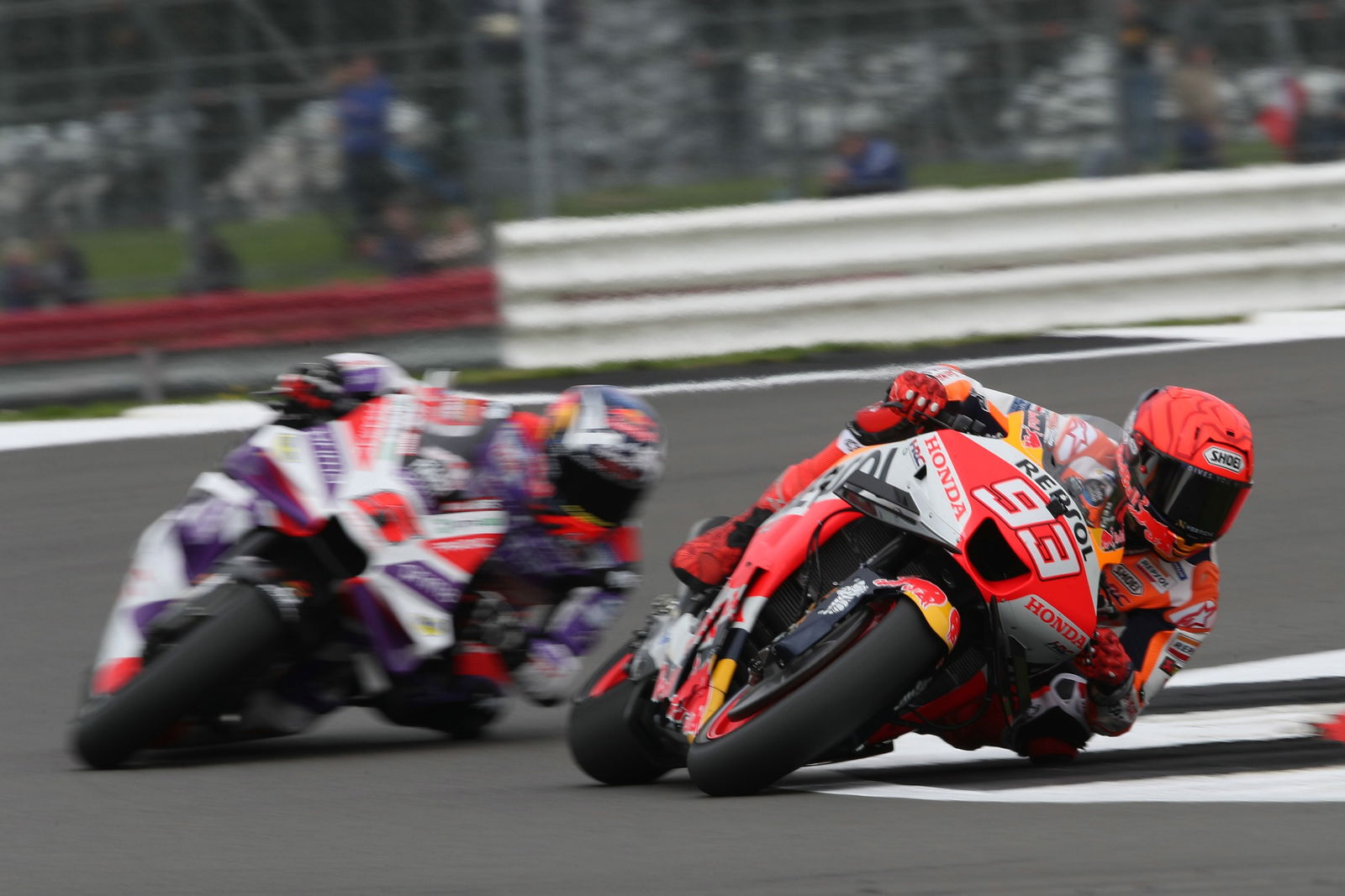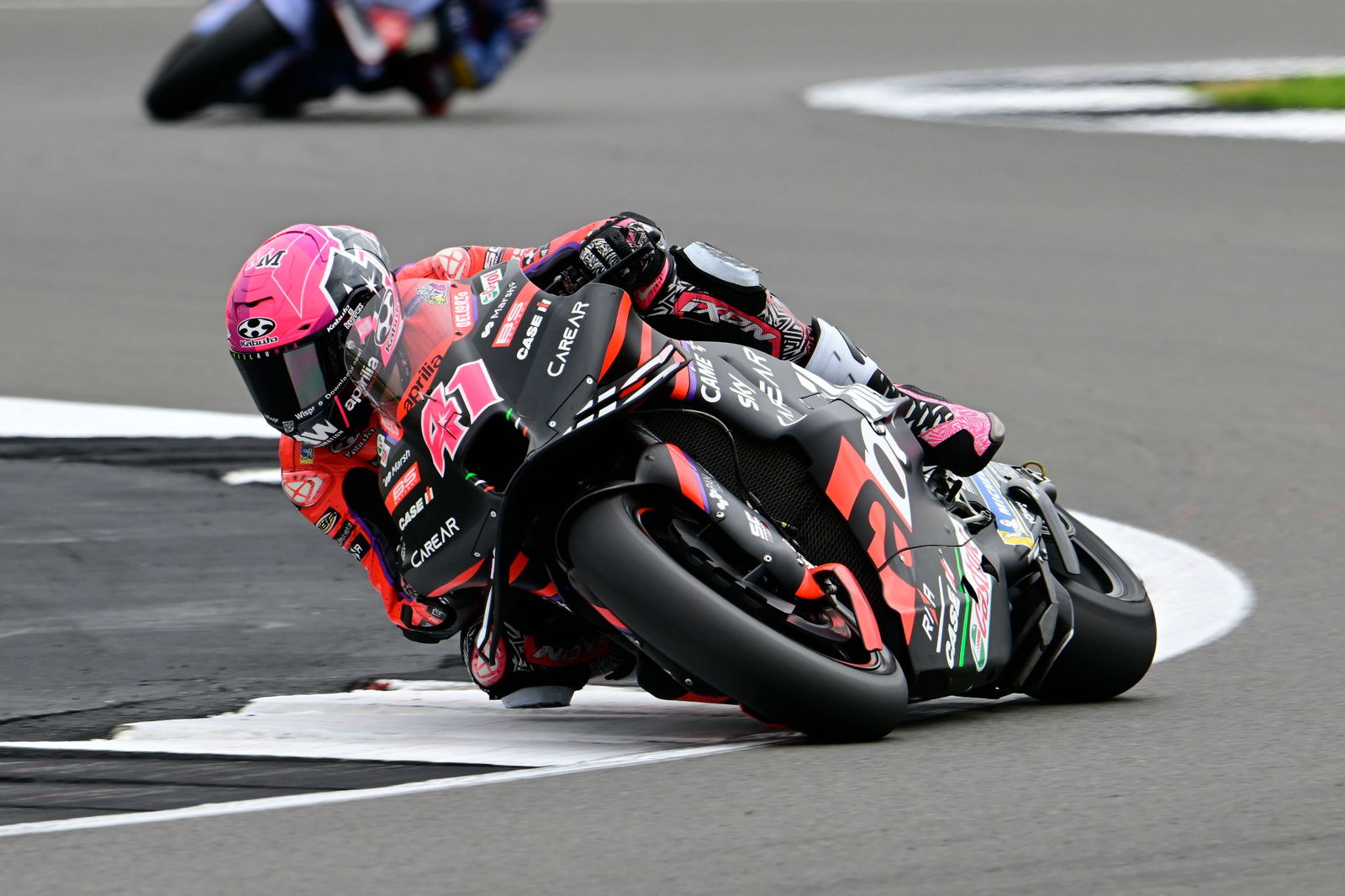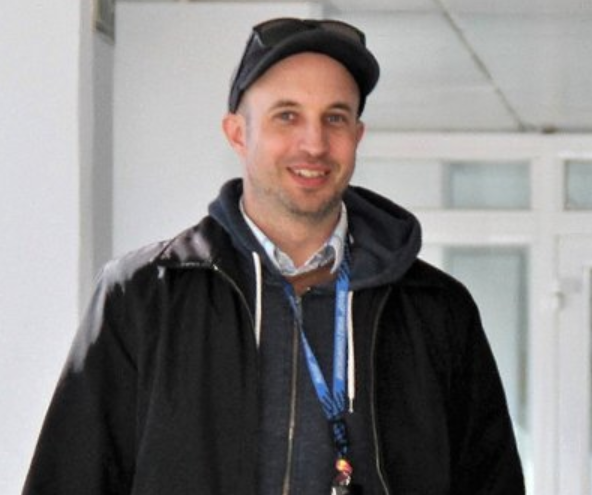MotoGP Silverstone: Aleix Espargaro: "A very good way to make races more boring…"

The Aprilia rider’s concern, shared by many of his fellow competitors, is that the introduction of time penalties for running under the minimum specified tyre pressures for too long (50% of a grand prix or 30% of a Sprint) means starting pressures will need to be higher.
That in turn means problems associated with front tyre pressure rising in hot air when closely following another bike will be even greater. As such, Espargaro argues, riders will be forced to keep a more respectable distance.
“It is a very good way to make the races more boring,” Espargaro warned. “Because we will see bikes with one second between them.
“I told you guys after Assen – I don’t want it to sound bad, but I was faster than Brad [Binder] in Assen but I couldn’t get close to him because he brakes super-late and I could not overtake him. My [front] pressure was too high so I was around one second behind until the last lap when I got closer... and this is what you will see.
“This is not good in general, for Aprilia, Ducati or Yamaha. Not good for the championship. I understand Michelin is looking for safety - perfect, us to - but the [minimum] limit is too high.
“The first lap I did in Germany I was 1.55 bar. Now they put the [minimum] limit at 1.88 bar. It’s not something you can really control. You have to set it in the garage!
“Yes, you can go in and out of the draft [slipstream] and play a little bit [to try to reduce the pressure on track] but to avoid the penalties you will have to ride to 2.0, 2.1 bar. You don’t want to play at 1.89 because it is too difficult for the engineers [to calculate that closely]. Very difficult.
“For safety, I understand what Michelin is trying to do [but] 1.8 is crazy... Before you could start at 1.55 to reach 1.8 by lap six, but now you have to start at 1.70 [to be sure of being over the minimum for half the race] but you will get to 2.2 if you are in the middle of the group.
“You will see one guy at the front pulling away and nobody will be able to do anything, you will have to go like a train [equal space between each rider]. Hopefully not in cold races, but in normal races this will happen. 100%.”
Espargaro also agreed with comments by reigning champion Francesco Bagnaia that the change might be safer for the tyres, but not for the riders.
“This is the question I made: ‘If I arrive at Barcelona Turn 1 at 2.2 [bar] then how do I stop the bike? How do I avoid hitting someone? Or [should I just] give more space?’
“It is not an easy situation but I asked the same question because at 2.1-2.3 the bike is moving and it is easy to crash.
“I hate to ride at 2 bars. It is a disaster. In Assen, I was fast but could not be better than P3 for this. Nobody likes to ride at 2.1. Not the Ducati, the KTM. For everybody, it is the same.”
At present, the first tyre pressure offence will only result in a warning. A second breach will then see the rider receive a 3-second post-race penalty, the third offence a 6-second penalty and the fourth a 12-second penalty.
Ultimately, once the system is refined, a breach of the rules will lead to disqualification from the race and, in practice, the cancellation of any flying laps with a similar percentage of time under the minimum.
The first race using the new real-time monitoring system, which has undergone testing (without punishments) in the previous eight rounds, will be Saturday afternoon's Silverstone sprint.


